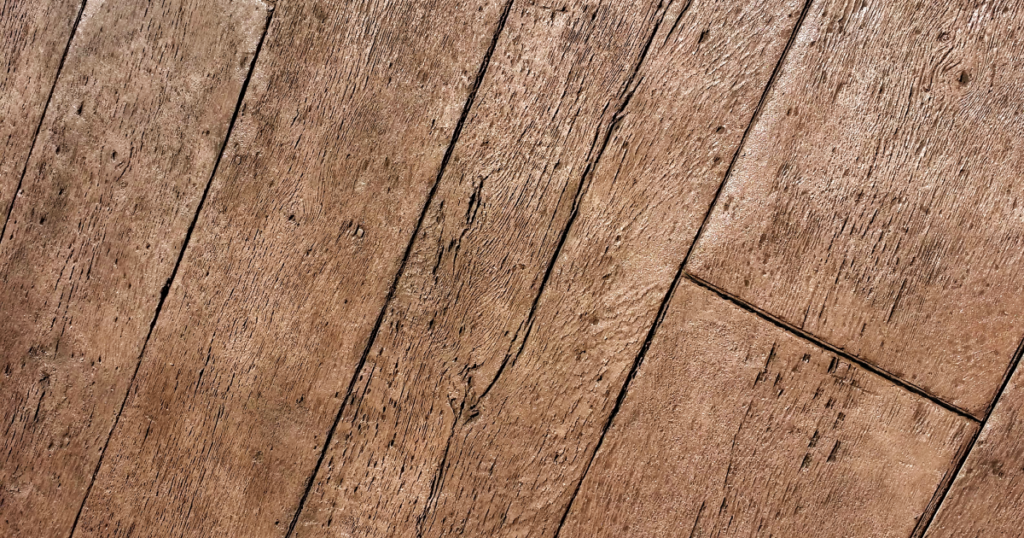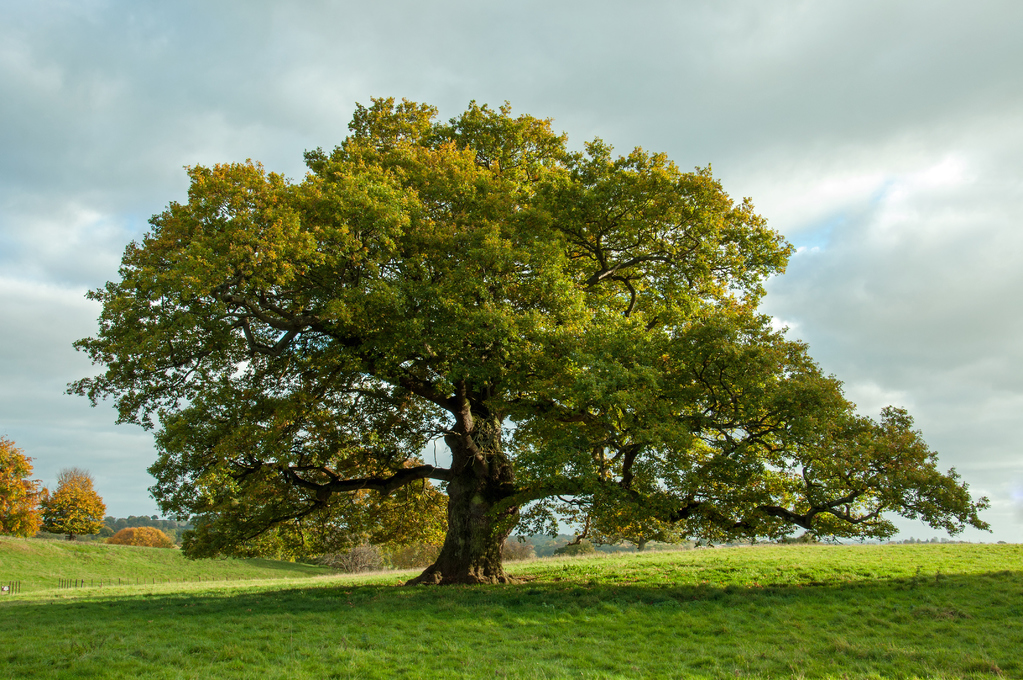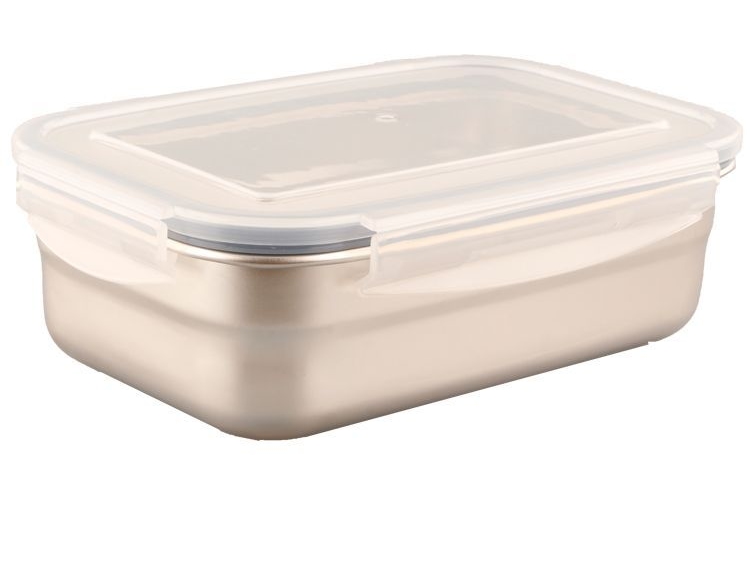Embracing the Sustainability of Salvage Timber in Construction
In today’s construction industry, there is a growing recognition of the importance of sustainable and environmentally-friendly practices. One such practice gaining popularity is the use of salvaged timber, which refers to wood sourced from old buildings, barns, or other structures slated for demolition. This article explores the benefits and applications of salvaged timber in construction projects, highlighting its unique charm, environmental advantages, and the creative possibilities it offers.

Preserving History and Character
Salvaged timber brings a sense of history and character to construction projects. Each piece of reclaimed wood has a story to tell, showcasing the unique marks of time, weathering, and previous use. The distinctive textures, patinas, and imperfections of salvaged timber add depth and warmth, creating a one-of-a-kind aesthetic that cannot be replicated with new materials. Incorporating salvaged timber allows for the preservation of architectural heritage, connecting present-day structures with the rich history of the past.
Environmental Benefits
One of the key advantages of salvaged timber is its positive impact on the environment. By repurposing wood from old structures, we reduce the demand for new timber, thereby conserving forests and preserving natural habitats. Salvaged timber contributes to the concept of “reduce, reuse, recycle,” reducing waste and minimizing the environmental footprint of construction projects. It also eliminates the need for energy-intensive manufacturing processes required for new wood products, further reducing carbon emissions and promoting sustainable practices.

Applications and Versatility
Salvaged timber finds a wide range of applications in construction projects. It can be used for flooring, wall paneling, ceiling beams, doors, furniture, and architectural accents. Its versatility allows it to blend seamlessly into both traditional and contemporary designs. Whether it’s a rustic farmhouse, an industrial loft, or a modern office space, salvaged timber adds character, warmth, and a touch of history. Designers and builders can get creative by mixing different wood species, textures, and finishes, resulting in unique and visually stunning spaces.
Wrap up
Salvaged timber offers a sustainable and visually appealing alternative to new wood materials in construction projects. Its ability to preserve history, reduce environmental impact, and bring a unique aesthetic to spaces makes it a valuable choice for designers, architects, and builders. By embracing the beauty and sustainability of salvaged timber, we can create spaces that not only showcase craftsmanship but also promote environmental responsibility. So, the next time you embark on a construction project, consider incorporating salvaged timber and contribute to a more sustainable and captivating built environment.


